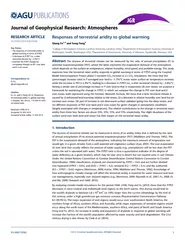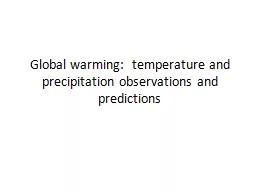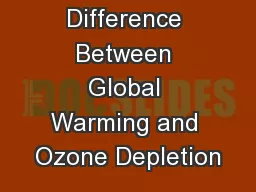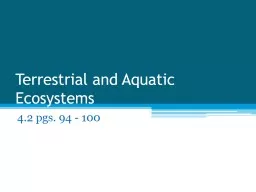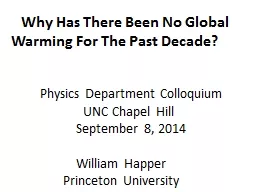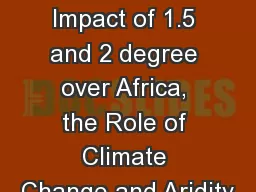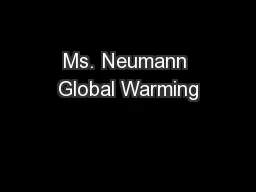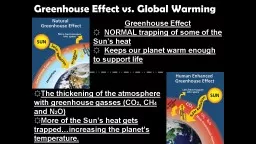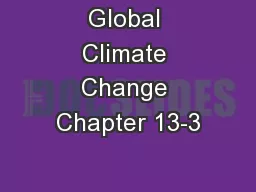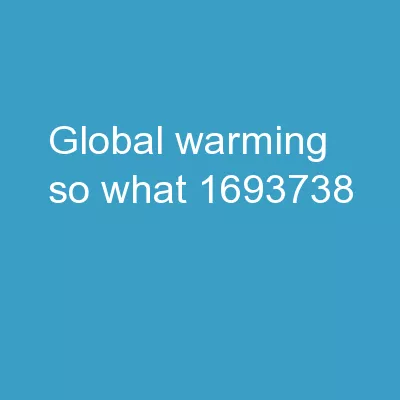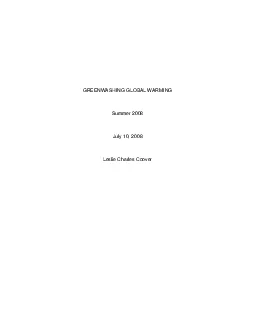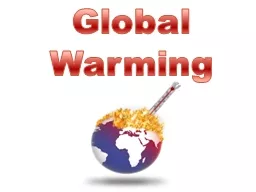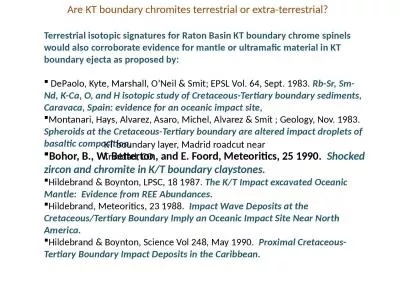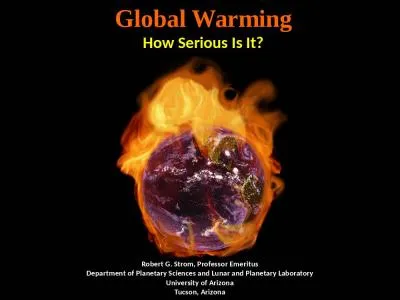PDF-Responses of terrestrial aridity to global warming Qia
Author : jane-oiler | Published Date : 2015-04-30
This study examines how the terrestrial mean aridity responds to global warming in terms of P PET using the Coupled Model Intercomparison Project phase 5 transient
Presentation Embed Code
Download Presentation
Download Presentation The PPT/PDF document "Responses of terrestrial aridity to glob..." is the property of its rightful owner. Permission is granted to download and print the materials on this website for personal, non-commercial use only, and to display it on your personal computer provided you do not modify the materials and that you retain all copyright notices contained in the materials. By downloading content from our website, you accept the terms of this agreement.
Responses of terrestrial aridity to global warming Qia: Transcript
Download Rules Of Document
"Responses of terrestrial aridity to global warming Qia"The content belongs to its owner. You may download and print it for personal use, without modification, and keep all copyright notices. By downloading, you agree to these terms.
Related Documents

